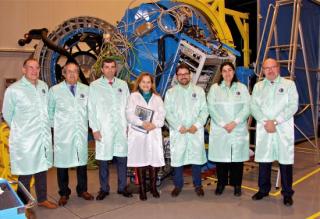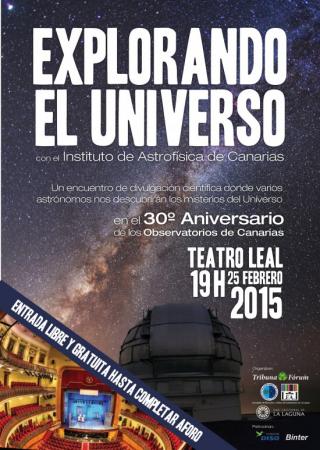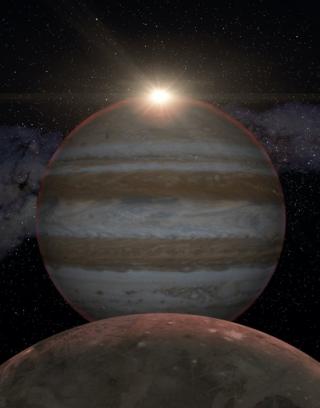
Asier Antona, secretario autonómico del Partido Popular (PP) de Canarias y presidente del Grupo Popular en el Parlamento de Canarias, Antonio Alarcó, senador del PP y presidente de la Comisión de Investigación del Senado, y Manuel Domínguez, presidente insular del PP de Tenerife y alcalde de Los Realejos, visitaron esta mañana la sede central del Instituto de Astrofísica de Canarias (IAC). Acompañaron esta visita el director y el subdirector de este instituto, Rafael Rebolo y Carlos Martínez, respectivamente. Los representantes políticos fueron informados de la investigación que se realiza
Advertised on



